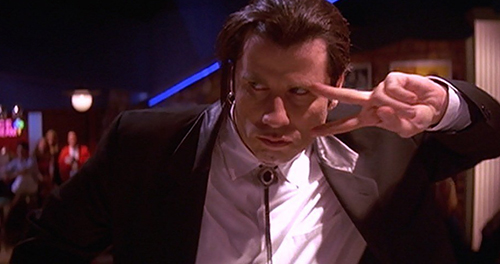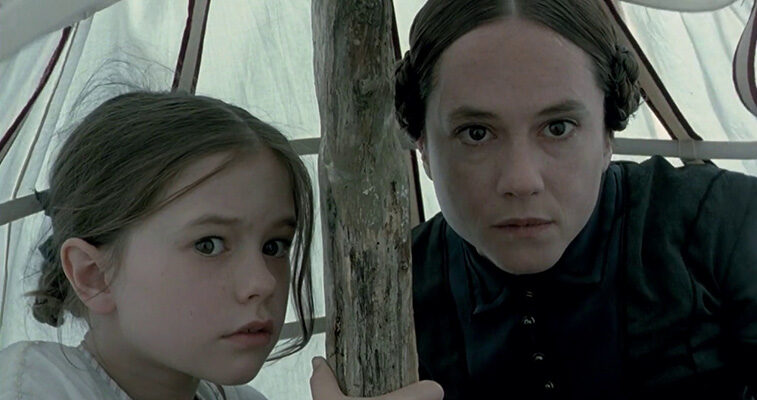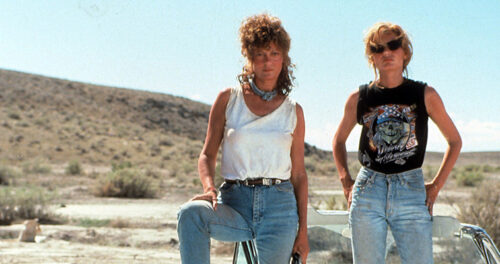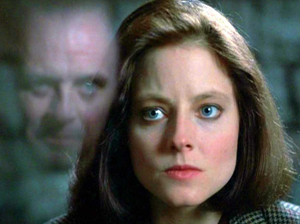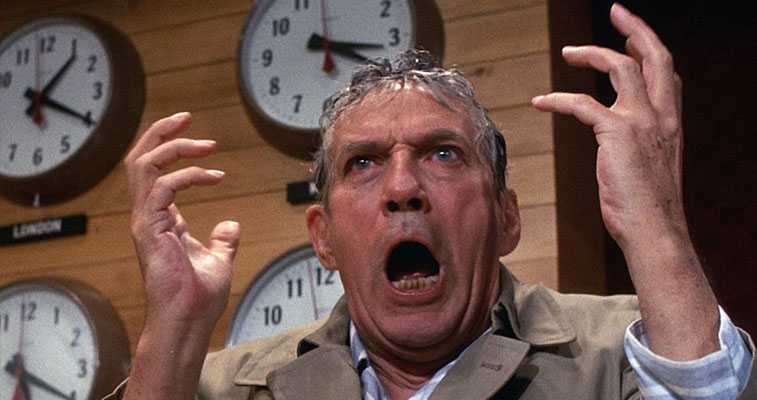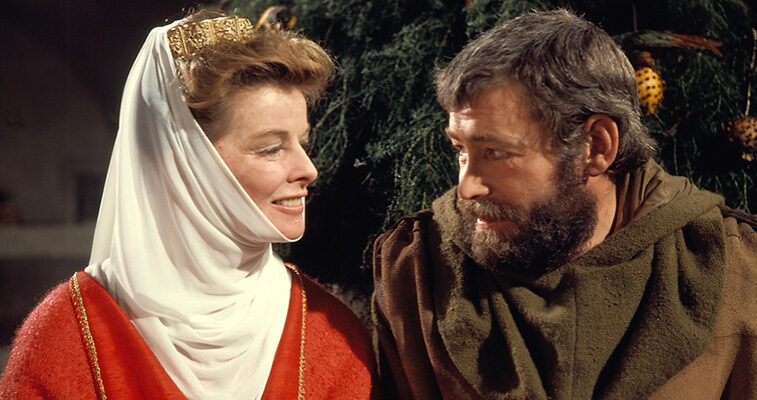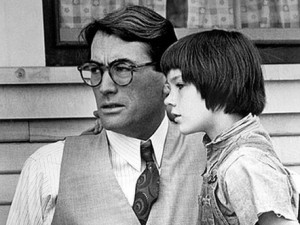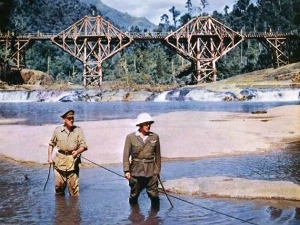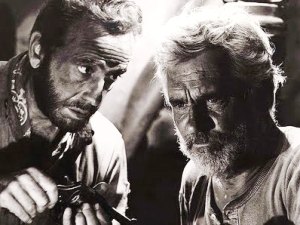The Piano (1993)
Thelma & Louise (1991)
The Silence of the Lambs (1991)
[9]
Here we have a horror film so classy, it won the Oscar for Best Picture. Anthony Hopkins and Jodie Foster each deliver career-defining performances as Hannibal Lecter and Clarice Starling, the central characters in author Thomas Harris’ perverse contemporary retelling of Beauty and the Beast. The screenplay balances their provocative banter with a well-constructed mystery surrounding the identity and whereabouts of a serial killer named Buffalo Bill. Ted Levine gives a excellent, unnerving performances as Bill, a man who kidnaps hefty gals and keeps them in a pit. It’s from that vantage point you hear the film’s infamous (and now campy line): “It rubs the lotion on its skin or it gets the hose again.”
Dances With Wolves (1990)
[10]
Kevin Costner’s ambitious ode to the American frontier is grand, romantic storytelling at its best. And talk about an underdog. People were calling it ‘Kevin’s Gate’ months prior to release — and why shouldn’t they? A three-hour long western with most of its dialogue in Lakota Sioux? How could such a movie find an audience, much less sweep the Academy Awards?
Network (1976)
The Lion in Winter (1968)
To Kill a Mockingbird (1962)
[10]
Harper Lee’s Pulitzer Prize-winning novel is lovingly adapted to film by director Robert Mulligan, screenwriter Horton Foote, and producer Alan J. Pakula. Gregory Peck earned the Best Actor Oscar for his portrayal of Atticus Finch, a lawyer of uncompromising morals who puts the safety of his family on the line to defend Tom Robinson (Brock Peters), a black man accused of raping a white woman. Finch is also a widower, raising his two young children with the help of his maid Calpurnia (Estelle Evans). The narrative is made a coming-of-age story through the eyes of Finch’s youngest, the feisty Jean Louise — or Scout (Mary Badham) as she’s nicknamed. Scout’s perspective on racism is balanced with her own fear and ignorance surrounding a neighbor named Boo Radley (Robert Duvall), who turns out to be her salvation when she and her brother are attacked by a bigot seeking revenge on their father.
The Bridge on the River Kwai (1957)
[8]
A British colonel (Alec Guinness) leads his fellow POWs in constructing a bridge for their Japanese captors, unaware of the fact that allied forces, guided by a reluctant American (William Holden), have launched a covert mission to destroy it. David Lean’s film zips along remarkably well considering it’s nearly-three-hour running time. The film benefits from its exotic locale, Oscar-winning cinematography, and distinguished performances.
The Treasure of the Sierra Madre (1948)
[9]
Three desperate men scrape together everything they can muster to go prospecting for gold and discover not just riches, but the destructive greed that comes with them. This is one of John Huston’s finest works, a male bonding adventure that doubles as a dark morality tale. Humphrey Bogart is terrific in the leading role, especially when his character begins turning into the monster of the piece. Outside of film noir, you rarely see protagonists like Bogart’s go evil without the film losing favor with the audience. Maybe we still feel a little sympathy for him because we see his dark potential in ourselves?

